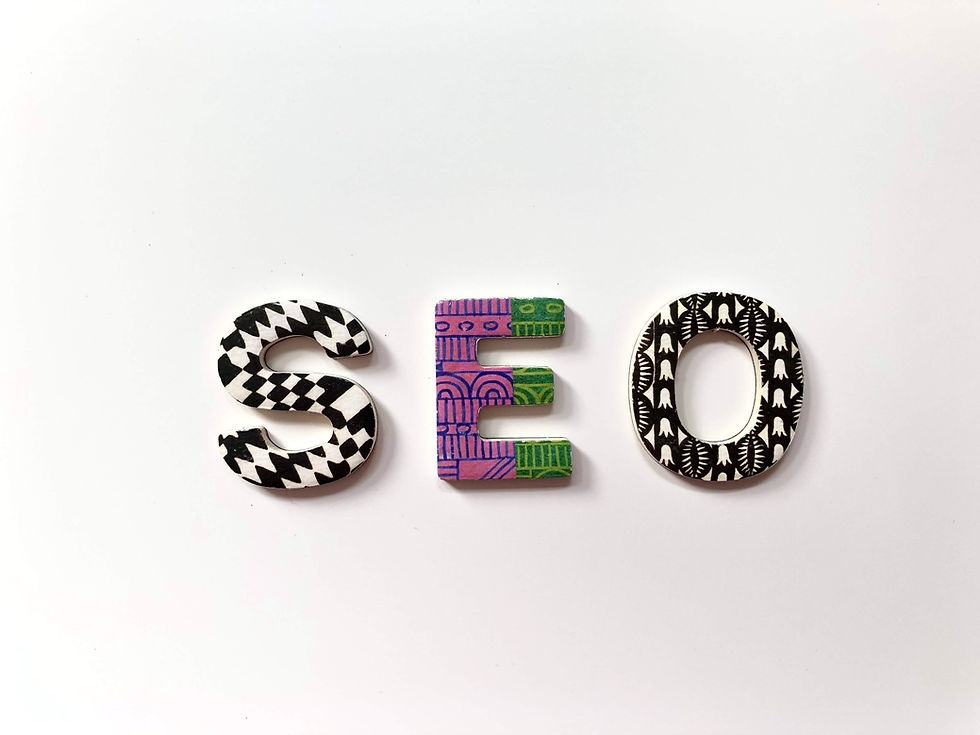How to Do On-page Optimization For Your Website: Part 1
- Shashank Srinivas

- Aug 10, 2020
- 3 min read
Updated: Aug 16, 2020

In my previous article, I briefly discussed about what is Search Engine Optimization (SEO) and in this blog, lets get a bit deeper into it by understanding what is on-page optimization, components that goes into it and why is it important for your website. On page SEO is a vital ingredient to yield optimal results for your website.
What is On-page Optimization?
This is a list of activities you perform on your site or control what goes into it. This is a practice of optimizing your website to rank higher in search engines and gain relevant web traffic to your website. This process applies to both content you have and HTML source code you have applied on your site.
Doing your on page optimization right, is critical because it helps various search engines (mostly Google) understand and identify what exactly your potential visitor is looking for.
Components of On-page Optimization
Your driving factor in boosting the website traffic is CONTENT! I cant stress this enough. I mention this in all my blogs. With thin content, search engines cant index your site. So, lets get to the components.

Keyword Research
This acts as a foundation of your SEO. Lets say you are selling aquarium related products but if the content you are writing is not searched by the people- you get no traffic from Google. So, what are these so called keywords?? These are basically the words or phrases people type in the search box to retrieve a particular result. This is nothing but “SEO keywords”! Keyword research as a term, is a process of identifying, analyzing and comparing the keywords for the topics you want to rank compared to your competitors.
Why is keyword research important?
Close to 90% of webpages get no organic search traffic from Google due to poor or lack of proper keyword research. Using keyword research tools will help you answer some of the questions like:
· Are people searching for a particular chosen keyword?
· How much traffic can I expect with the chosen keyword?
· How hard is it to rank for a chosen keyword?
These insights will help you to take wise decisions and compete not only aggressively but smartly. One of the most used tool I suggest is “Keyword Planner” from Google. When you brainstorm the keywords for your site, you get 2 options i.e. long tail keywords and short tail keywords. Long tail keywords are relatively more specific and longer in length. This results in low search volume but the conversion rate from visitors to customers will be quite high- as they are niche focus. Short tail keywords on the other hand, are 1 word and much broader in scope of audience reach. Ideally, its good to use a combination of they styles and medium to low competitive keywords.

The real action begins after you type your keyword in the search box. You can narrow your search based on various parameters. The blue highlighted is your long tail and red highlighted is short tail keyword.

You would need to choose a keyword which is low to medium competition level to begin with. The impression share and bid price come into consideration when you plan to run a campaign on Google Ad Word platform. This will be discussed in detail in a separate blog.
In order to analyze the keywords you need to focus on the monthly search volume, search trends and difficulty of the keyword. These selected keywords will be used in your meta titles, descriptions and other content management sources. Stay tuned for the next blog on content management and mobile friendliness website under on page optimization topic.




Commentaires